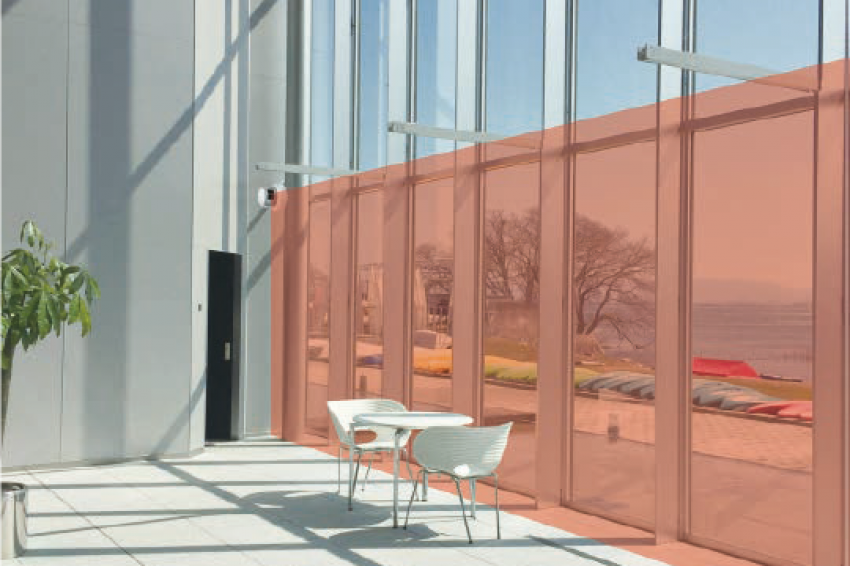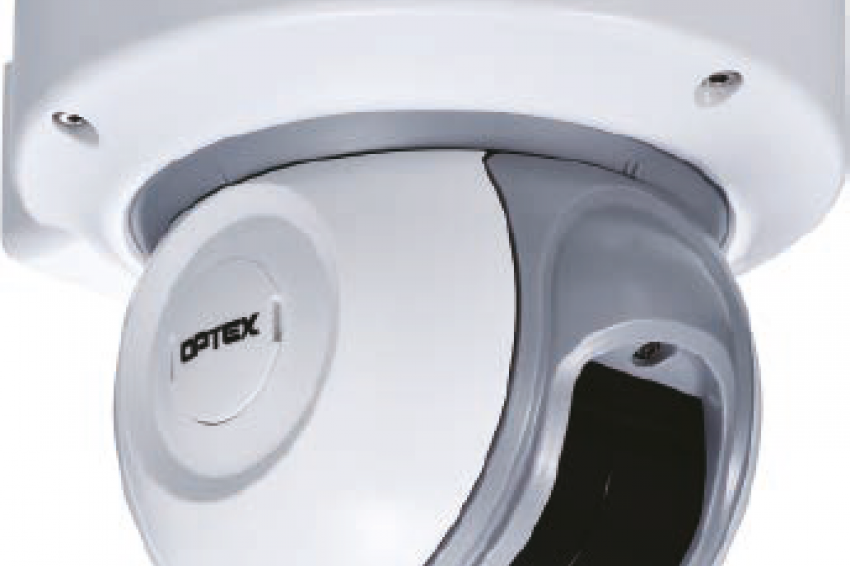Intrusion Detection around Glass Facades, Panels and Partition Walls
Optex’s LiDARs provide Alarm Systems behind the Glass
Glass panels are increasingly used in new buildings but also in the refurbishment of old buildings as an unobstructed way to allow natural light to come through and create a brighter, indoor environment. They are not only used for the outside of the building but also inside as partition walls, particularly in public buildings such as museums, big retail shops on the high street or at large transportation hubs such as railway stations or airports. Combining aesthetics with security, however, can be a challenge.
This is where LiDAR technology can be an ideal solution as it creates a virtual detection area – which could be a virtual wall or a virtual plane that cannot be seen by the human eye and will be unobtrusive. Across Europe, efforts are being made to regenerate city centers and make high streets more appealing. Shop windows are getting larger, they remain lit after the shop has closed and retailers are using punched or clear view shutters to enable passers-by to see inside at any time. Due to the shape of certain building facades or glass panels, there is sometimes the necessity to install the shutters behind the glass window. Glass break detectors may not work for bespoke glass panels, so it is important to find another way to detect if an intruder has broken through the glass and is accessing the shutter. As the space between the window and shutter is often extremely narrow and confined it is very difficult to find a suitable intrusion detection technology.
The Optex Redscan RLS-2020 creates a virtual curtain or vertical wall that can protect the whole area between the glass panel and the shutter and will detect anyone who has made it through the window, preventing any further loss or damage. It could trigger a fogging system to slow the intruders while a security team is responding, or DNA tagging system to help find the culprit. In the last few years, the short-range LiDAR has been successfully installed in a number of large flag ship stores in Germany.
Protecting Glass Facades
Increasingly, office and government buildings feature large, glass facades. Traditional window contact sensors or glass break sensors are not suitable for large facades, so another way to detect intrusion needs to be implemented. This is an ideal application for an Optex LiDAR sensor (short-range), which can provide 20x20m protection – enough to protect a large facade on its own.
If the building is located in a public area i.e. along a public street, the sensor can be located inside and create a virtual curtain of protection just behind the glass. If the building is located in a secure area with no authorized public access, the Redscan can be placed outside and act as a warning system should anyone be next to the facade.
In both scenarios, using the configuration software to create different detection zones (up to 4), the Redscan sensor can trigger indoor or outdoor cameras to the exact area of intrusion to provide the security staff with a clear image of what is happening, and who is entering the detection zones.
Optex offers a variety of short-range and long-range LiDARs. The Redscan RLS-3060 series features 180 degree and up to 100m detection range, while the Redscan RLS-2020 series provides 95 degree and either 20x20m or 30m radius detection range and PoE connectivity.
Detecting Thrown Objects
In airports or international railway stations with secured controlled areas, it is crucial to prevent people or objects going from the non-secure area to the secure area. With modern, open designs, those areas are usually separated by partition glass panels or walls that do not reach all the way to the ceiling, leaving a gap where objects can be thrown or people can climb over.
So not to alter the vision of the architects and add nets or other non-aesthetically pleasing physical security solutions, a virtual detection solution is required. The speed and size of a thrown object can make it very difficult for an intelligent camera system to detect, even with very high performance analytics. However, the Optex Redscan sensor set to high sensitivity mode is able to detect a thrown object even as small as a USB key. When used with video management systems that have integrated the X/Y coordinates provided by the sensors, the exact point of detection can be mapped and associated to the cameras monitoring this area. With the right algorithm, the system could potentially calculate where the object was thrown from to quickly narrow down where the culprit was standing.
Contact
OPTEX (Europe) Ltd. - EMEA Headquarters
Unit 13, Cordwallis Park, Clivemont Road
SL6 7BZ Maidenhead
+44 1628631000
+44 1628503600












